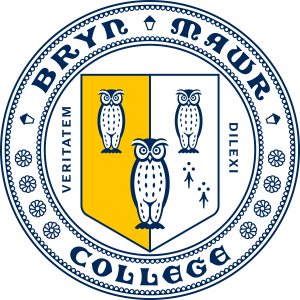- Instructor of record: Jennifer Eyre
- Instructor of record: Scotti Norman
- Instructor of record: Casandra Paiz
- Instructor of record: Clara Chamorro
- Instructor of record: Jennifer Eyre
- Instructor of record: Scotti Norman
- Instructor of record: Jennifer Eyre
- Instructor of record: Scotti Norman
- Instructor of record: Casandra Paiz
- Instructor of record: Clara Chamorro
- Instructor of record: Jennifer Eyre
- Instructor of record: Scotti Norman
- Instructor of record: Jennifer Eyre
- Instructor of record: Scotti Norman

The basic objective is to gain an understanding of human biocultural evolution. By acquiring familiarity with the major fossil and archaeological finds spanning more than seven million years, students will learn how contemporary anthropologists reconstruct the outlines and patterns of human biological and cultural evolution. Students will also become familiar with debates surrounding the processes of human biological evolution, primate biology and conservation, the sources of human biological variation and the concept of race, and prehistoric cultural change. Through written essays and class participation, students will be able to actively engage in critical analyses of past and present academic and popular interpretations of human biocultural evolution. Laboratory sessions are designed to bring hands-on contact with a wide variety of human fossils, archaeological artifacts and comparative material, and thereby make more concrete the intricate variations of the physical record of human history. 1 The course also serves as a prelude and frequent prerequisite to more advanced courses in biological anthropology and anthropological archaeology.
- Instructor of record: Clara Chamorro
- Instructor of record: Jennifer Eyre
- Instructor of record: Scotti Norman
- Instructor of record: Casandra Paiz
- Instructor of record: Karen Sulpizio

The basic objective is to gain an understanding of human biocultural evolution. By acquiring familiarity with the major fossil and archaeological finds spanning more than seven million years, students will learn how contemporary anthropologists reconstruct the outlines and patterns of human biological and cultural evolution. Students will also become familiar with debates surrounding the processes of human biological evolution, primate biology and conservation, the sources of human biological variation and the concept of race, and prehistoric cultural change. Through written essays and class participation, students will be able to actively engage in critical analyses of past and present academic and popular interpretations of human biocultural evolution. Laboratory sessions are designed to bring hands-on contact with a wide variety of human fossils, archaeological artifacts and comparative material, and thereby make more concrete the intricate variations of the physical record of human history. 1 The course also serves as a prelude and frequent prerequisite to more advanced courses in biological anthropology and anthropological archaeology.
- Instructor of record: Clara Chamorro
- Instructor of record: Jennifer Eyre
- Instructor of record: Scotti Norman
- Instructor of record: Casandra Paiz
- Instructor of record: Karen Sulpizio
- Instructor of record: Yakein Abdelmagid
- Instructor of record: Yakein Abdelmagid
- Instructor of record: Amanda Weidman
- Instructor of record: Melissa Pashigian
- Instructor of record: Karen Sulpizio
This course will meet synchronously on Zoom on Thursdays 1:10-3:30.
- Instructor of record: Cyrus Bahadori
- Instructor of record: Amanda Weidman
- Instructor of record: Jennifer Eyre
- Instructor of record: Melissa Pashigian
- Instructor of record: Amanda Weidman
- Instructor of record: Jennifer Eyre
- Instructor of record: Scotti Norman
